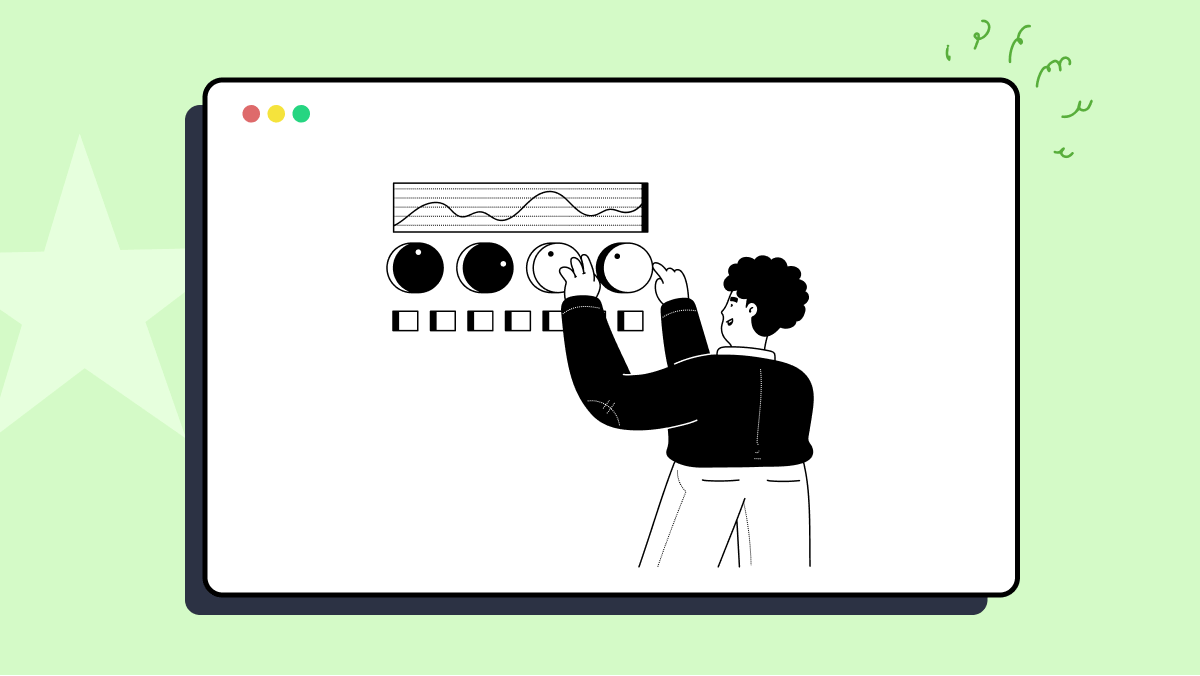How to use getConfigSummary method of com.paypal.selion.reports.services.ConfigSummaryData class
Best SeLion code snippet using com.paypal.selion.reports.services.ConfigSummaryData.getConfigSummary
Source: ConfigSummaryData.java
...91 * Helps retrieve the configuration summary to be displayed in the report.92 * 93 * @return - A {@link Map} that represents the configuration summary.94 */95 public static Map<String, String> getConfigSummary() {96 return configSummary;97 }98 /**99 * Helps retrieve the configuration summary for test to be displayed in the report.100 * 101 * @return - A {@link Map} that represents the configuration summary for test.102 */103 public static Map<String, String> getLocalConfigSummary(String testName) {104 return localConfigsMap.get(testName);105 }106}...getConfigSummary
Using AI Code Generation
1 def configSummaryData = new ConfigSummaryData()2 def configSummary = configSummaryData.getConfigSummary()3 def configSummaryReport = new ConfigSummaryReport(configSummary)4 def configSummaryReportData = configSummaryReport.generateConfigSummaryReport()5 def configSummaryReportString = configSummaryReportData.toString()6 def configSummaryReportStringArray = configSummaryReportString.split("\r7 def configSummaryReportStringArraySize = configSummaryReportStringArray.size()8 def configSummaryReportStringArrayLastElementArray = configSummaryReportStringArrayLastElement.split(" ")9 def configSummaryReportStringArrayLastElementArraySize = configSummaryReportStringArrayLastElementArray.size()10 def configSummaryReportStringArrayLastElementArrayLastElementArray = configSummaryReportStringArrayLastElementArrayLastElement.split(")11 def configSummaryReportStringArrayLastElementArrayLastElementArraySize = configSummaryReportStringArrayLastElementArrayLastElementArray.size()12 def configSummaryReportStringArrayLastElementArrayLastElementArrayLastElementArray = configSummaryReportStringArrayLastElementArrayLastElementArrayLastElement.split("13 def configSummaryReportStringArrayLastElementArrayLastElementArrayLastElementArraySize = configSummaryReportStringArrayLastElementArrayLastElementArrayLastElementArray.size()getConfigSummary
Using AI Code Generation
1ConfigSummaryData configSummaryData = new ConfigSummaryData();2String configSummary = configSummaryData.getConfigSummary();3File file = new File("configSummary.md");4FileWriter fileWriter = new FileWriter(file);5fileWriter.write(configSummary);6fileWriter.flush();7fileWriter.close();8ConfigSummaryData configSummaryData = new ConfigSummaryData();9String configSummary = configSummaryData.getConfigSummary();10File file = new File("configSummary.md");11FileWriter fileWriter = new FileWriter(file);12fileWriter.write(configSummary);13fileWriter.flush();14fileWriter.close();15ConfigSummaryData configSummaryData = new ConfigSummaryData();16String configSummary = configSummaryData.getConfigSummary();17File file = new File("configSummary.md");18FileWriter fileWriter = new FileWriter(file);19fileWriter.write(configSummary);20fileWriter.flush();21fileWriter.close();getConfigSummary
Using AI Code Generation
1import com.paypal.selion.reports.services.ConfigSummaryData;2import com.paypal.selion.reports.services.ConfigSummaryData.ConfigSummary;3import com.paypal.selion.reports.services.ConfigSummaryData.TestRunSummary;4import com.paypal.selion.reports.services.ConfigSummaryData.TestSummary;5ConfigSummaryData configSummaryData = new ConfigSummaryData();6ConfigSummary configSummary = configSummaryData.getConfigSummary();7TestRunSummary testRunSummary = configSummaryData.getTestRunSummary();8List<TestSummary> testSummaryList = configSummaryData.getTestSummaryList();9System.out.println("ConfigSummary: " + configSummary);10System.out.println("TestRunSummary: " + testRunSummary);11for (TestSummary testSummary : testSummaryList) {12 System.out.println("TestSummary: " + testSummary);13}getConfigSummary
Using AI Code Generation
1import groovy.json.JsonSlurper2import com.paypal.selion.reports.services.ConfigSummaryData3def jsonSlurper = new JsonSlurper()4def configSummary = new ConfigSummaryData().getConfigSummary()5def configSummaryJson = jsonSlurper.parseText(configSummary)6markdown += "| ${testRun} | ${browser} | ${platform} | ${version} | ${host} | ${user} | ${locale} | ${timeZone} | "Blogs
Check out the latest blogs from LambdaTest on this topic:
The web paradigm has changed considerably over the last few years. Web 2.0, a term coined way back in 1999, was one of the pivotal moments in the history of the Internet. UGC (User Generated Content), ease of use, and interoperability for the end-users were the key pillars of Web 2.0. Consumers who were only consuming content up till now started creating different forms of content (e.g., text, audio, video, etc.).
People love to watch, read and interact with quality content — especially video content. Whether it is sports, news, TV shows, or videos captured on smartphones, people crave digital content. The emergence of OTT platforms has already shaped the way people consume content. Viewers can now enjoy their favorite shows whenever they want rather than at pre-set times. Thus, the OTT platform’s concept of viewing anything, anytime, anywhere has hit the right chord.
Unit and functional testing are the prime ways of verifying the JavaScript code quality. However, a host of tools are available that can also check code before or during its execution in order to test its quality and adherence to coding standards. With each tool having its unique features and advantages contributing to its testing capabilities, you can use the tool that best suits your need for performing JavaScript testing.
When software developers took years to create and introduce new products to the market is long gone. Users (or consumers) today are more eager to use their favorite applications with the latest bells and whistles. However, users today don’t have the patience to work around bugs, errors, and design flaws. People have less self-control, and if your product or application doesn’t make life easier for users, they’ll leave for a better solution.
Automation Testing Tutorials
Learn to execute automation testing from scratch with LambdaTest Learning Hub. Right from setting up the prerequisites to run your first automation test, to following best practices and diving deeper into advanced test scenarios. LambdaTest Learning Hubs compile a list of step-by-step guides to help you be proficient with different test automation frameworks i.e. Selenium, Cypress, TestNG etc.
LambdaTest Learning Hubs:
- JUnit Tutorial
- TestNG Tutorial
- Webdriver Tutorial
- WebDriverIO Tutorial
- Protractor Tutorial
- Selenium 4 Tutorial
- Jenkins Tutorial
- NUnit Tutorial
- Jest Tutorial
- Playwright Tutorial
- Cypress Tutorial
- PyTest Tutorial
YouTube
You could also refer to video tutorials over LambdaTest YouTube channel to get step by step demonstration from industry experts.
Most used method in ConfigSummaryData
Try LambdaTest Now !!
Get 100 minutes of automation test minutes FREE!!



